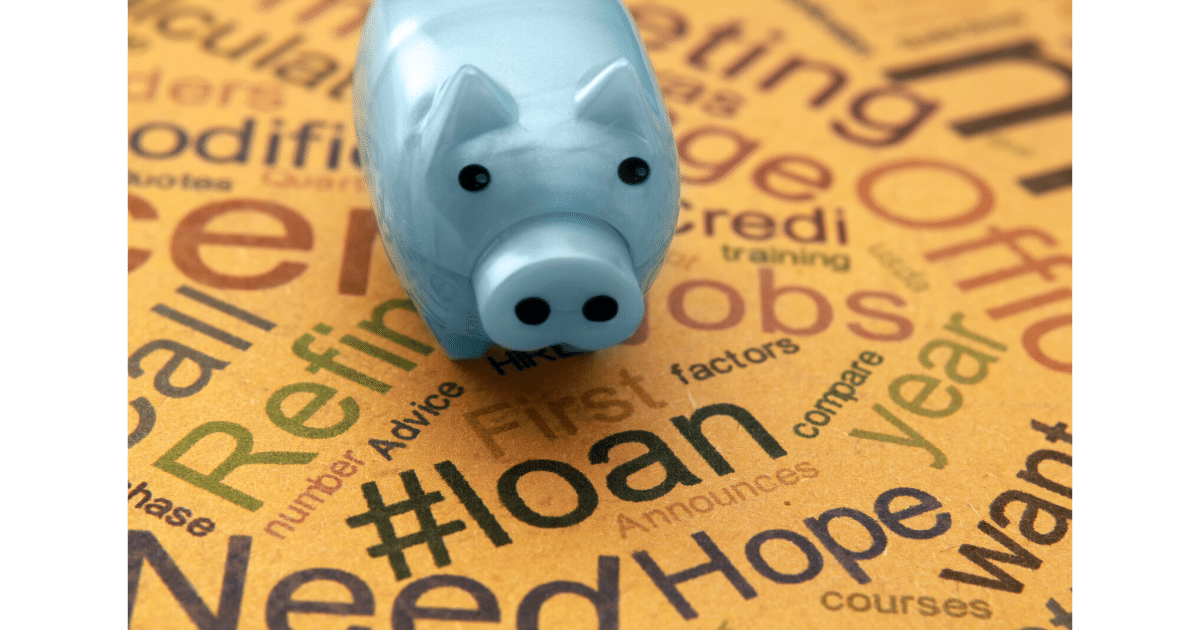Filing Bankruptcy: The Facts
By Charlestien Harris
This is a particularly tough time for millions of Americans, and a lot of people are wondering what the next step should be when this pandemic is over. As a credit/housing counselor, I see many cases where people have totally given up on straightening their finances out, so they start considering filing bankruptcy. As a HUD certified counselor, I cannot advise my clients to consider that option. Instead, I suggest they seek legal counsel. Therefore, this post is for educational purposes only.
Most people don’t know how much debt they have actually accumulated. Knowing that figure can give you an idea of where to get started. Ask yourself, do I know how much I owe and do I have a sense of what my monthly cash flow is? Can I pay off this debt on my own, or do I need help? Filing bankruptcy is a difficult option to choose because it can be costly, emotional and overwhelming. If you have exhausted ALL other options, bankruptcy may be your only solution. If it is, you will need to know all the facts about filing personal bankruptcy.
There are two types of personal bankruptcy that are most common, Chapter 7 and Chapter 13. In Chapter 7, you petition the court to take your non-exempt (unprotected by law) assets and liquidate (sell) them to pay off your debts. If your debts exceed your assets, those debts are then forgiven and you are basically given a “clean slate”. There are certain debts, however, which can’t be discharged in bankruptcy such as child support, federal student loans, alimony and back taxes.
In Chapter 13, commonly known as a wage earners plan, the debtor petitions the court to enter into a debt repayment plan that is three to five years long. The court will restructure your debt depending on your current income and expenses. Typically, a debtor will not repay the full amount of debt owed but it may be between ten to ninety-nine percent of that debt.
Bankruptcy laws have drastically changed over the years. At one time, the debtor could choose which chapter they wanted to file, but so much abuse occurred that congress made some changes to the law in 2005. Those changes made it harder for some people to file for Chapter 7, particularly high income filers that can’t pass the means test.
The court administers a means test, which determines whether you qualify to file bankruptcy and if so, which bankruptcy you qualify to file. The means test takes into account your income, expenses and family size to determine whether you have enough disposable income to repay your debts. The means test is only for those who have primarily consumer debts, like credit card or medical debt.
The first part of the means test checks whether your household income is below your state’s median income. The second part of the means test documents your allowable expenses (rent, groceries, clothing, medical costs, etc.) over the past six months. What is left after allowable expenses have been determined is deemed disposable income that could be put toward paying off your debt.
You must be thorough during this process; otherwise, you can make crucial mistakes, such as omitting items or listing conflicting amounts for the same expense that could result in your case being thrown out. Those who don’t qualify for Chapter 7 or who want to retain certain assets like a house or car can choose to restructure their debts and pay them off through Chapter 13.
Both Chapter 7 and Chapter 13 will have an effect on your credit score. Both will be reported as a public record and can remain on your credit report for up to ten years, but as time passes you will be able to offset this with a letter of explanation to future creditors or add a consumer statement to your credit report to explain the circumstances of your filing.
There are several options available for managing debt, and bankruptcy is just one. The most important step to take is to confront your situation head on. If you need help, you can seek a certified credit/housing counseling professional to help you sort out your finances. A very resourceful website is www.hud.gov. It will guide you to a HUD-approved counseling agency that is listed by state. You can also find accredited financial counselors, planners and educators at www.afcpe.org.
Once you choose a path for debt reduction, stick with it. You will see progress and before you know it, you will be debt free. Until next week, stay financially fit!
